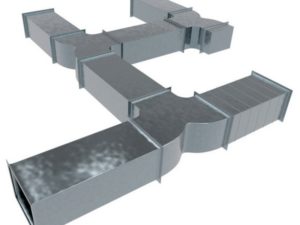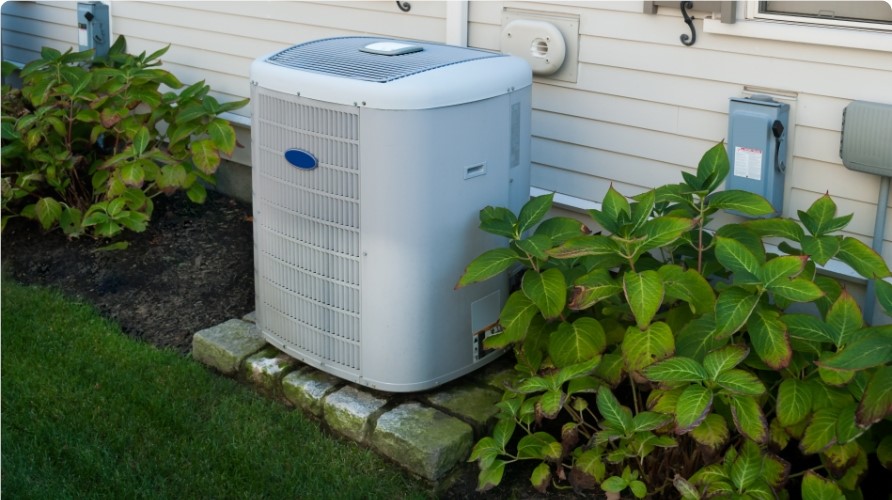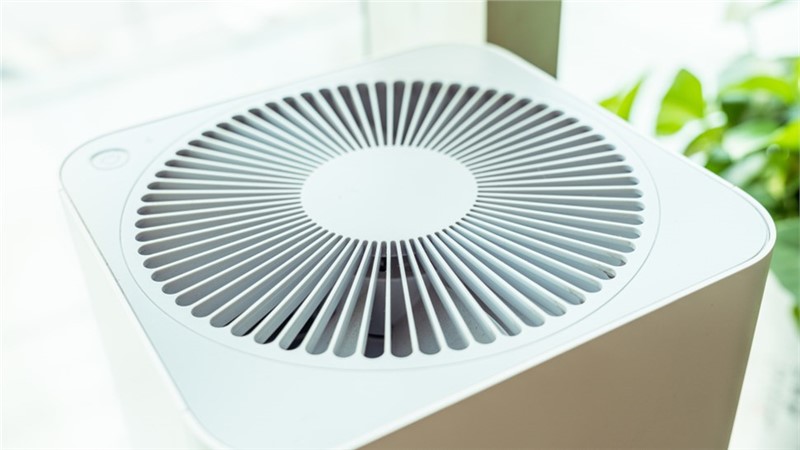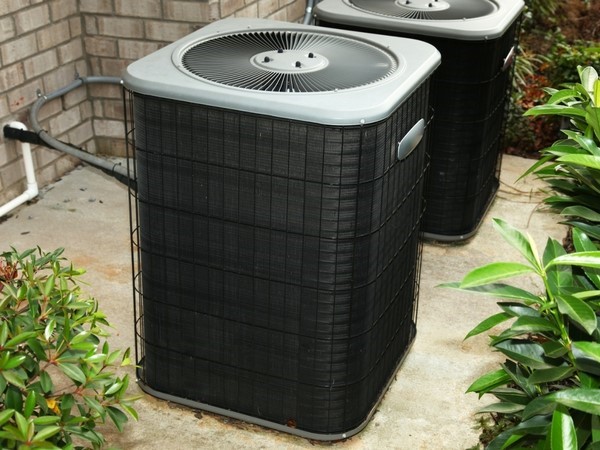Thinking of Replacing Your AC? Better Check Your Ductwork First.
Air Conditioner Not Doing the Job? Better Check Your Ductwork.
New Air Conditioner and It's Still Too Hot? It May Be Your Ductwork.
Even the best air conditioner can't provide you with efficient comfort if it's hooked up to outmoded, run-down, or too narrow ductwork. Resulting in not only higher energy costs and an early death for your AC, having the wrong ductwork may leave your home far less comfortable than it should be. As homes have become larger, and air conditioners more powerful, over the years increasingly larger ducts to move all that air has become a necessity.
As homes have become larger, and air conditioners more powerful, over the years increasingly larger ducts to move all that air has become a necessity. Accordingly, Energy Star has estimated that as many as 50% of the homes built between 1970 and 1989 have equipment that is too large either for the house or the ductwork.
The factors that go into determining proper duct size include the airflow necessary to ensure comfortable temperature and humidity, the width of the ducts and the air's speed as it moves through the ducts (which has to account for friction and "slow spots," such as bends in the ductwork).
The Air Conditioning Contractors of America (ACCA) have established detailed procedures for determining each of these factors, and their reliable method has been recognized by the American National Standards Institute (ANSI).
While the average person doesn't need to understand the complexities of the calculations, it is helpful to have a basic understanding of the factors that go into proper ductwork design:
Pressure
The right amount of air pressure ensures that enough air moves through the system to not only cool the air but also condense (remove) its humidity.Friction rate
Essentially the loss of pressure from resistance in the system, friction can be greatly affected by the ductwork materials used, as well as their configuration.
The most typical duct materials, in order of least resistant to most, are galvanized steel, foil-faced fiberglass, and flexible fabric. However, even galvanized steel can create significant resistance if it has to take a hard right angle.
On the other hand, the friction of flexible duct material will be decreased if it is drawn out as taut as possible (or increased if it is closely crumpled together).
Length
Obviously the longer the ductwork the greater the loss in pressure, and accordingly, duct length should be minimized to the extent possible.Temperature loss
Simply moving ducts from an unconditioned attic to the conditioned parts of the home reduces heat gain and loss loads by anywhere from 25% to 45%.Sealing and Insulation
Not every duct improvement involves replacing hardware. According to Energy Star, you can reduce significant air loss from the system just by sealing leaks with metal tape or mastic sealant, and then insulating the ducts.
However, even the best-designed ductwork system will be inefficient if it is too small for the job, and this can lead to any of a number of common problems:
Restricted Airflow
As a new, efficient air conditioner desperately tries to push the amount of air it was designed to move through ductwork that is simply too small to handle it, the unit's fan is forced to work far harder than it should.
This leads to liquid refrigerant that otherwise would have been used improperly returning to the compressor. Shortening its life, it is not uncommon for compressors in this situation to fail in as little as three years.
Increased Costs
In addition to the avoidable expense of a new compressor every three years, obviously, if the fan is running more frequently or for longer periods of time, the additional electricity used is going to increase the cost of keeping your home cool.Poor Air Conditioning
When ducts are too small, the system has as much trouble pulling air out of a room as it does pushing it in.
As a result, far less air gets taken to the condenser to have its humidity removed. In some ways more important for keeping the home comfortable than a cooler temperature, having damp air remain can leave a home feeling unpleasantly icky.
Resources
ACCA Manual D Checklist ACCA Standard 5: HVAC Quality Installation Specification DOE: Guidance Ducts in Conditioned Spaces Duct Sealing Savings Analysis Baseline Home AssumptionsTags
Subscribe to Air Zero's Blog










Comments